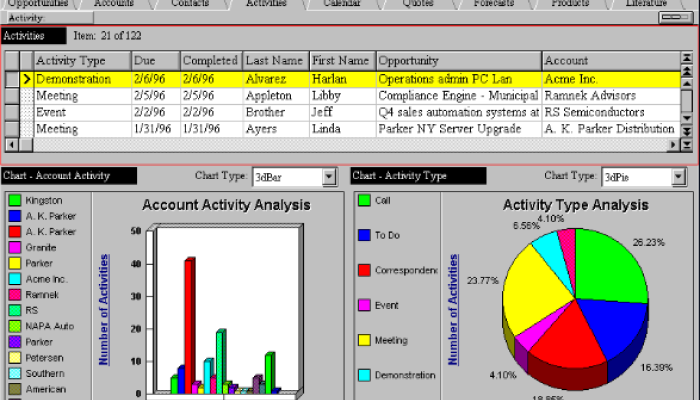
In the world of sales, the follow-up is a critical step in ensuring a proposal turns into a deal. It's not just about sending out a proposal and waiting; it's about actively engaging with your potential client, understanding their needs, and guiding them towards a decision. Here's how to effectively follow up after sending a sales proposal.
1. Understand the Client's Timeline
Before you even send your proposal, ask your potential client about their decision-making timeline. This information will guide you on when to follow up. Respecting this timeline demonstrates your attentiveness to their needs and schedule.
2. The First Follow-Up
The first follow-up should be a simple thank-you message. Send this within 24 hours of submitting the proposal. It shows professionalism and keeps the lines of communication open. In this message, reiterate your availability to discuss any questions they might have.
3. Use Multiple Channels
Don't rely solely on email. While this is the formal channel where you send proposals, you should utilize other communication channels depending on your relationship with the prospect. But proceed with caution. If you’ve never texted your prospect before, don’t send them a text message. If they’ve signaled they prefer quick phone calls to communicate, give them a call. Remember, the goal is to make it easy for them to respond, so choose the communication channel they prefer.
4. Provide Additional Value
In your follow-up communications, offer additional value. This could be market insights, a case study, or an article relevant to their industry. It shows that you're not just interested in making a sale but also in contributing to their success.
5. Ask Open-Ended Questions
Encourage dialogue by asking open-ended questions. For example, "What are your thoughts on the proposal?" or "Is there any aspect of the proposal you'd like more information on?" This opens up a conversation rather than just a yes or no answer.
6. Be Persistent but Not Pushy
Persistence is key in sales, but there's a fine line between being persistent and being pushy. Follow up regularly, but respect the client's space and decision-making process. If they've asked for time to consider the proposal, respect that and don't bombard them with messages.
7. Address Concerns and Objections
Be prepared to address any concerns or objections they might have. This requires a good understanding of their business needs and how your product or service meets those needs. Tailor your responses to their specific concerns, showing that you've listened and understood their needs.
8. Set a Deadline
If the decision is dragging, it might be helpful to set a soft deadline. This can create a sense of urgency and prompt a decision. However, use this tactic judiciously as it can backfire if not handled delicately.
9. Know When to Walk Away
Finally, recognize when it's time to walk away. If a client continuously delays or their responses become non-committal, it might be more productive to direct your efforts elsewhere. However, always end the interaction on a positive note, leaving the door open for future opportunities.
Following up after sending a sales proposal is an art that requires balance, understanding, and strategic communication. By following these steps, you'll not only increase your chances of closing the deal but also build a lasting relationship with your client. Remember, every follow-up is an opportunity to demonstrate your commitment to their needs and your professionalism in handling their business.







